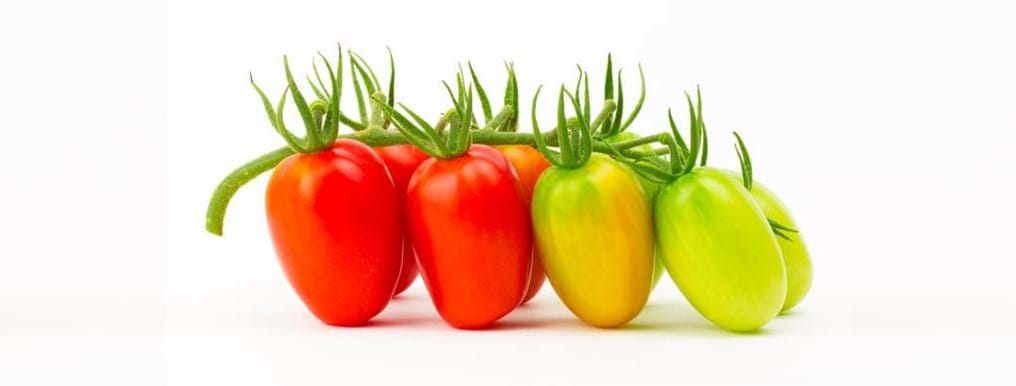Making fruit red by going green (Day 197)

10th December 2014

To ensure that your food arrives to you unspoiled and ready to eat food suppliers pick unripe fruit, transport it and then trigger the ripening process using ethylene.
The ethylene used to do this comes from the steam cracking of fossil fuels. With government aims to reduce the use of fossil fuels, fruit ripening needs to go green too!
Researchers, including engineers, biologists and physicists, from the University of Trento in Italy have developed an Escherichia coli strain which can produce ethylene to help ripen our fruit, removing the need for fossil fuels.
Ethylene triggers fruit ripening by the degradation of starch to simpler sugars, softening the fruit and changing its colour.

The fruit changes from green to a multitude of different colours as the chlorophyll within the fruit is broken down into anthocyanins.
Fruit becomes sweeter as the starches are converted into simples sugars by amylases. The fruit becomes softer as pectin amounts are reduced by pectinases.
Controlling the speed of fruit ripening is not a new process; Ancient Egyptians would cut figs as they noticed that wounding stimulated ripening and Ancient Chinese would burn incense in closed rooms to help ripen pears.
Today, the easiest method of ripening is putting ripe fruit next to unripe fruit, have you ever put a banana in with your other fruit to help them ripen? This allows the ethylene from the ripe fruit to trigger the process to begin in unripe fruit.
The use of ethylene in the food industry allows for greater control. By picking the fruit unripe, transporting it and then triggering ripening by pumping ethylene on it we are able to control when the fruit is ready and thus reduce food waste.
The researchers were looking for a way to produce enough ethylene to be used on this scale in a greener way.
The team found a way to alter E. coli by using another microbe, Pseudomonas syringae, which has an enzyme that can convert 2-oxoglutarate to ethylene in a single stage. Once this gene was inserted into the E. coli the team used the presence of arabinose sugar to turn it on in. Thus when they added arabinose to the bacteria ethylene was produced.

To test if the E. coli produced ethylene and thus could ripen fruit, bacteria were grown in flasks connected to jars filled with unripe cherry tomatoes, bananas, pears or apples. Fruits connected to flasks where the bacteria were given a dose of arabinose were significantly riper than those which were not. The tomatoes were redder.
The next stage in their work was to consider how this would work in a commercial setting, adding arabinose to trigger the production of ethylene is not viable on a large scale. The team redesigned the E. coli so that the gene to produce ethylene was switched on when the E. coli was exposed to blue light.
This method is now ready to be applied on an industrial scale. Hopefully it can reduce the need for fossil fuels and help the process of turning fruit red, go green!
*************************************************************************************************
If you are searching for ways to reduce our reliance on fossil fuels no matter which sector you work in, why not get in touch and tell us about your work.